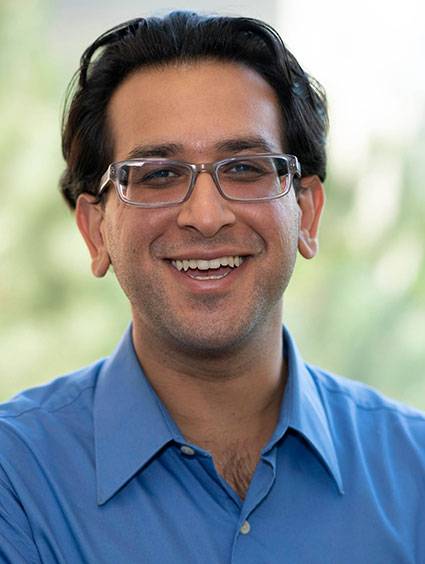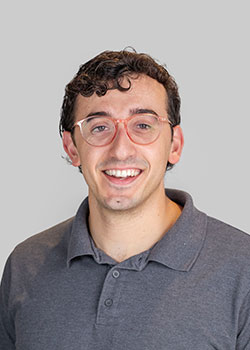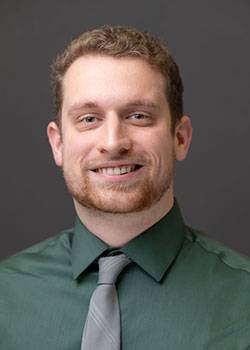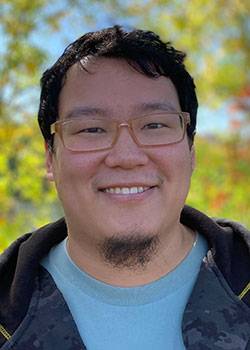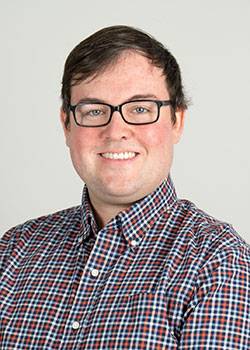Events and News
What’s happening in Mathematics and Statistics
From faculty announcements and research spotlights to student presentations and departmental events, this is where current and prospective students can explore how creative thought drives discovery in math, data, and beyond.
|
Departmental events
|
Mathematics and Statistics Department Colloquium:
|
Mathematics and Statistics Department Colloquium:
|
Summer Research Information Session3-4 p.m. Thursday, December 12, 2024 BTCIS 328 In this information session, we will discuss REUs, internships, and other mathe matics and statistics research opportunities. Take a break from studying for your finals, come have a cookie and a cup of coffee, and learn about how to get paid for doing math or stats over the summer! We'll share lots of resources, hear from some of your classmates about their research experiences, and answer any questions you might have. All Skidmore students are welcome. |
Mathematics and Statistics Department Colloquium:
|
|
Departmental news Welcome, Christopher Seaton!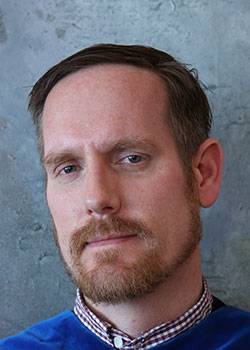
We are pleased to welcome Professor Christopher Seaton to the Department of Mathematics and Statistics at Skidmore College. Professor Seaton earned his Ph.D. from the University of Colorado, Boulder in 2004. He joins us this fall after 20 years on the faculty in the Mathematics and Statistics Department at Rhodes College in Memphis, Tennessee. Professor Seaton’s research focuses on the geometry and topology of singular spaces, particularly orbifolds, singular symplectic quotients, and orbit spaces of Lie and topological groupoids. He enjoys mentoring undergraduate research and related projects in symplectic geometry, differential topology, computational invariant theory, and related areas. He has published nearly 40 mathematics papers in peer-reviewed journals, including 11 he has coauthored with his undergraduate students. Professor Seaton has extensive experience teaching courses on a variety of topics at all levels of the undergraduate mathematics curriculum. This fall, he will be teaching Linear Algebra (MA 200) and Abstract Algebra I (MA 319). Please extend a warm welcome to him when you see him in the department! |
Welcome, Sam Hawke!
|
Welcome, Alec Mertin!
|
Welcome, Kaifeng Yang!
|
Welcome, Benjamin York!
|
